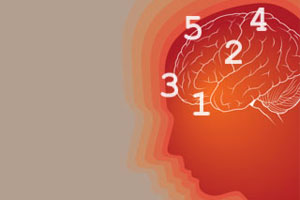You won’t find shops, nightclubs, casinos, or even televisions in the rooms at this resort located on Manchioneel Bay on the northwest side of 480-acre Cooper Island. A casual beachside restaurant and bright but simple rooms with kitchenettes, radios, ceiling fans, and private baths with outdoor showers are about all there is here—but that’s enough. Don’t expect much more than palm trees, a sandy beach, clear water, and potent rum drinks.
Cost: $250
Don’t Miss: Many guests say the restaurant is their main reason for coming back—try the local specialty of conch fritters served with a spicy dip.




